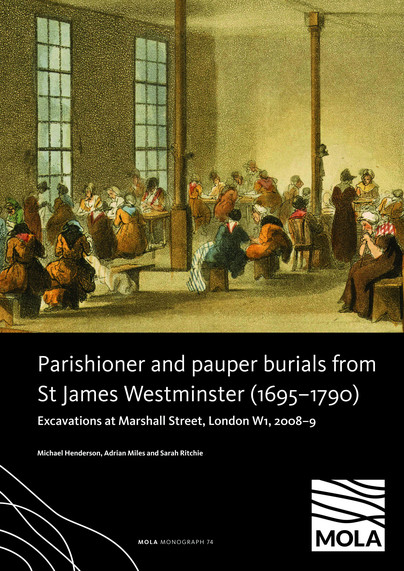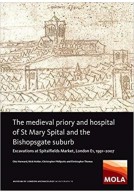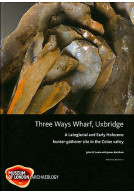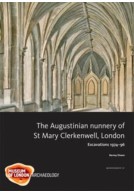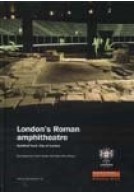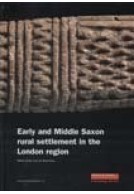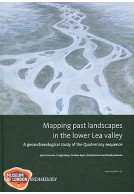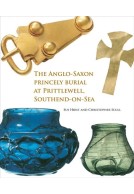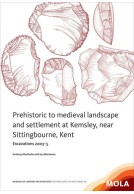Google Books previews are unavailable because you have chosen to turn off third party cookies for enhanced content. Visit our cookies page to review your cookie settings.
Parishioner and Pauper Burials from St James Westminster (1695–1790) (Hardback)
Excavations at Marshall Street, London W1, 2008–9
Imprint: MOLA (Museum of London Archaeology)
Series: MoLAS Monograph
Pages: 201
Illustrations: 170
ISBN: 9781907586521
Published: 10th November 2022
Script Academic & Professional
Series: MoLAS Monograph
Pages: 201
Illustrations: 170
ISBN: 9781907586521
Published: 10th November 2022
Script Academic & Professional
Usually available in 6-8 weeks.
You'll be £29.00 closer to your next £10.00 credit when you purchase Parishioner and Pauper Burials from St James Westminster (1695–1790). What's this?
+£4.99 UK Delivery or free UK delivery if order is over £40
(click here for international delivery rates)
Order within the next 11 hours, 21 minutes to get your order processed the next working day!
Need a currency converter? Check XE.com for live rates
(click here for international delivery rates)
Order within the next 11 hours, 21 minutes to get your order processed the next working day!
Need a currency converter? Check XE.com for live rates
Additional burial areas for the parish of St James Westminster in the 17th to 18th century were excavated in 2008–9. As the northern part of the parish around Soho grew and its population increased from the mid 17th century, pressure mounted on burial space in the churchyard on Piccadilly and on existing support structures for the least fortunate members of society. In response, the lower ground (the early extramural burial ground, 1695–1733) and the upper ground (the later extramural burial ground, 1733–90) were opened in succession, along with the new workhouse complex (1725–1913) and the workhouse burial ground (1733–93). In the later 19th to 20th century public baths were constructed over part of the site and the workhouse was repurposed and then redeveloped.The three burial areas were used intensively and a total of 2553 burials were recorded. Intra-site comparisons exploring demographic and health profiles show a higher proportion of adult females in the workhouse population and a disproportionately low number of childhood deaths across all three grounds. Full osteological analysis of 1786 skeletons revealed the wide range of conditions afflicting the buried population. Higher overall rates of pathological bone conditions, including infectious disease and trauma, were identified, however, in the workhouse burials when compared to the extramural grounds. Together with historical and archaeological evidence, these results and those from comparative contemporary sites help place the lives of the urban poor and destitute within the wider context of the 17th and 18th centuries.
Other titles in the series...
Other titles in MOLA (Museum of London Archaeology)...







